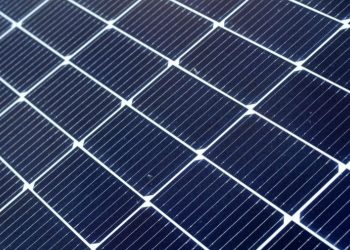
Catalyze
Catalyze, a clean energy transition company that finances, builds, owns and operates solar, battery storage and electric vehicle charging systems for commercial and industrial customers, announced the operation of a 252-kWDC solar + 125-kW storage project installed at 66 Galen, a purpose-built life science building owned in a joint venture by Davis and Boston Development Group (BDG). The project also included the installation of 15 EV charging stations.
66 Galen Street, located in Watertown, Massachusetts, is a 224,106-ft2 Class A LEED Gold certified life science building featuring modern, purpose-built offices and laboratories.
“We’re thrilled to bring this project online, marking another milestone in our commitment to innovative development,” said Jared Haines, CEO of Catalyze. “The completion of the 66 Galen facility underscores Davis’ and Boston Development Group’s dedication to creating modern, sustainable spaces that elevate communities. By prioritizing clean energy amenities, ownership recognizes that sustainability is not only an environmental necessity but also a key factor in attracting businesses and residents to vibrant locations like Watertown.”
The project supports the building’s ability to meet requirements under Watertown’s Climate and Energy Plan, which calls for 50% solar roof coverage on new and substantially renovated buildings over 10,000 square feet. To support this project, Catalyze participated in the Solar Massachusetts Renewable Target (SMART) program, which offers incentives for residential and commercial solar projects throughout Massachusetts.
In addition to the new solar panels, battery storage and EV charging provided by Catalyze, 66 Galen Street is equipped with several features chosen intentionally to enhance the building’s sustainability and climate efficiency. These include the durable, heat resistant exterior material using natural, 100% recyclable terra cotta tiles with a low-e coating that maximizes the building’s insulative properties and minimizes solar heat gain; high-efficiency LED and self-dimming lighting to minimize light pollution; a variable-volume air handler system that creates a 19 percent reduction in energy cost compared to buildings of a similar size; and significant water conservation infrastructure which directs excess rainwater to green space.
News item from Catalyze


















